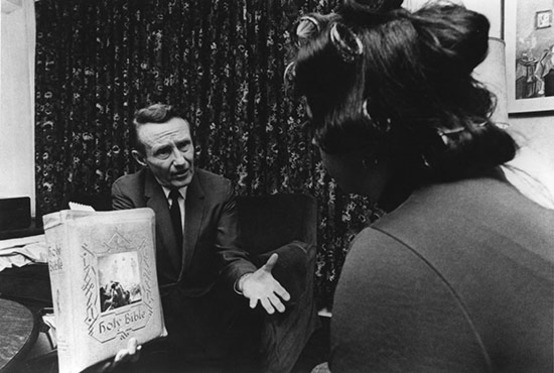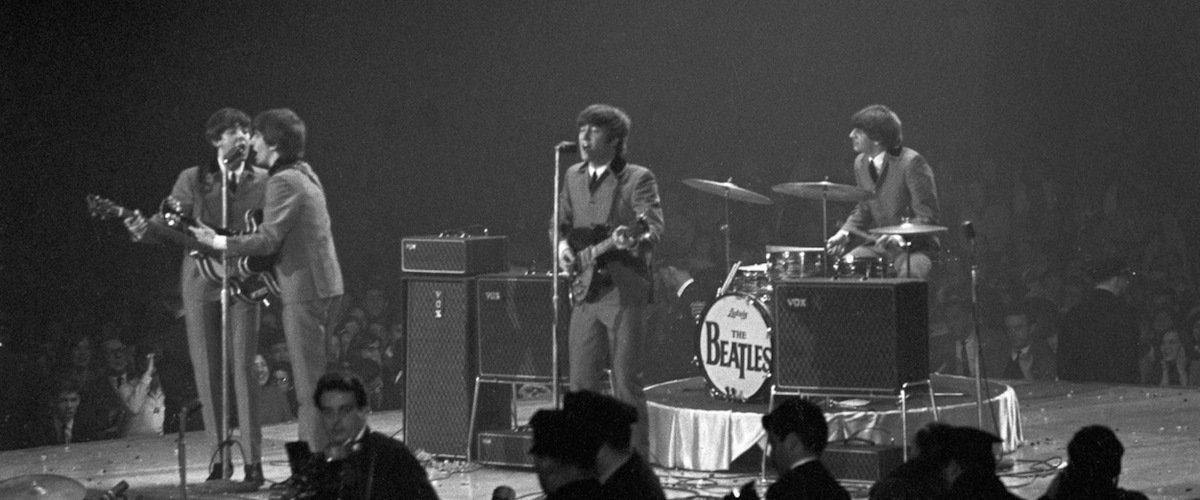
Sometimes a screenplay is written from a standpoint of Wouldn't it be weird if we did this? , which is a kick for the screenwriter, even if what they're doing doesn't make sense. When Nicolas Pesce was writing The Eyes of my Mother, he had five or six moments where weirdness trumped common sense. It starts when Little Francisca stands by in shock while her mother is murdered by a stranger who has talked his way into their house. Francisca's father comes home and catches the man in the act, beats him nearly to death, and then locks him in a barn. Francisca, steered by Pesce's whimsy rather than anything realistic, removes the killer's eyes and cuts his vocal cords; Francisca's mother had been a surgeon, so apparently Francisca inherited some keenness with a scalpel. She makes a pet out of her mother's murderer, feeding him dead mice and stroking his back like a prize pig.
Loneliness is the underlying theme here, and the film uses all sorts of lonely images; we see lonesome highways, lonesome farm houses, and lonely woods, plus many scenes of characters alone and shot from a distance, all to amplify this sense of isolation and despair. When Francisca grows up, she ventures out to a lesbian bar and brings a woman home. Francisca's loneliness is palpable here. When your only friend is the guy who murdered your mother, and his tongue has been cut out, you'll probably have trouble playing with others.
Pesce is the film's director, and he shoots this weird tale in a cold black and white. He has a great eye and an instinct for imagery. When Francisca's victim escapes and wanders blindly along the countryside, the shot recalls some hybrid of Night of the Living Dead and Eraserhead. And because Francisca's mother was Portuguese, we hear a lot of Portuguese music on the soundtrack, which is certainly unique for a horror movie. Then again, The Eyes of my Mother is another in the current wave of artsy horror movies. It's a bit like a strange post card you'd find in a roadside antique store, the sort where creepy children wear their Sunday best.
The Eyes of my Mother is being marketed as a sort of mini-masterpiece, with the ad quoting one wag hailing Francisca as a "movie monster for the ages." It's been praised for its lyric quality, and Variety went all gushy about how Pesce provides "complex psychological grounding even to the pic's grisliest setpieces to fend off accusations of exploitation or torture porn." It's been a favorite at film festivals too, which is feint praise; people sit through a lot of dreck at festivals, so anything that is half-way accomplished will stand out. But there's no drama in the movie. Francisca kills her victims, and then stares forlornly into the abyss. Granted, Kiki Magalhaes gives a very fine performance as Francisca; she's especially convincing in a scene where she talks to the corpse of her father, describing her loneliness. Yet, she too crazy to be entirely sympathetic. Pesce, a very young director, may think he's on to something profound by showing a very disturbed and dangerous girl in a sympathetic light. But once a character cuts out someone's eyes, it's hard to turn her into Cinderella.
The movie has something of the sensibility of a Patrick McGrath novel, the sort where an isolated character ponders life on the outside. That is, before making an awkward attempt to join society. This isn't a bad place for a story to begin, and it gets reviewers all the time.
Pesce, by switching from Grand Guignol horror to melancholy, creates a kind of dirty gauze that viewers can stare into. It's not a dull movie, but it's a sleepy one, a mixture of "artistic" and vague. He creates one nicely executed moment after another, but the characters never seem like human beings; they may as well be mannequins arranged in a museum.
The Eyes of My Mother makes it possible for reviewers to like a horror film, and for horror fans to say, indeed, there can be an artfulness to this stuff. Magalhaus is so good as Francisca that she's probably responsible for most of the film's success. And it's all so gorgeous that I'm convinced all movies should be shot in black and white by cinematographer Zach Kuperstein. But like too many recent horror movies, it's content to be weird, and wears it's artiness on its sleeve. For some, that will be enough.









